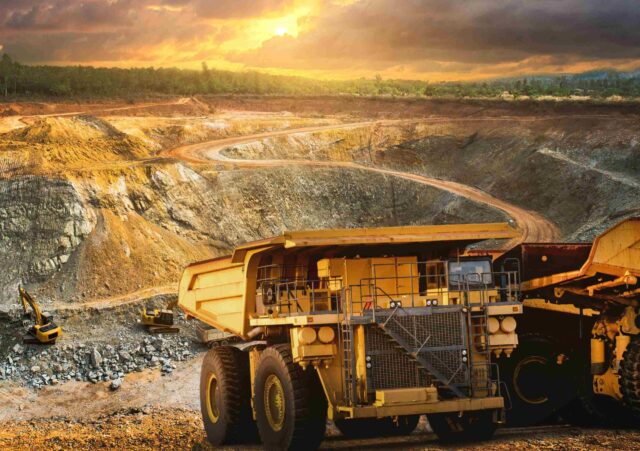A report by Adamas Intelligence predicts that if the global rare earth industry continues to exploit these resources at the current rate, demand will exceed supply within three to five years. This is worrying news for the manufacturing sector, as a shortage of rare earths would affect the production of high-tech products such as electric vehicles and robots.

According to the author of The Structure of Rare-Earth Metal Surfaces, the rare-earth elements we use today were born from the explosion of a supernova about ten billion years ago. They are present in numerous objects that are part of our daily lives: inside fluorescent light bulbs, in computer hard drives, mobile phones, electric vehicles and many other everyday products.
Physically, rare earths are not rare. They are even more common in the earth’s crust than many other metals, such as gold, uranium or tin. However, they are considered rare because their exploitable concentrations are less common than those of most other minerals. Since there is no way to reproduce them artificially, we only have a limited supply of these materials and no alternative to them can be found.
Rare earth applications
With unique magnetic, catalytic and optical properties, rare earths are widely used in many high-tech and low-carbon applications, from hard disks, electric vehicles and fibre-optic cables to missile guidance systems, medical devices and clean energy technologies.
Five rare earth minerals – tantalum, silver, lithium, gallium and indium – are widely used in modern technologies. For example, tantalum has been commonly used in electronic capacitors in computers and mobile phones because of its ability to store energy. Due to its low failure rate, it has also been used in automotive and aerospace electronics, atomic energy and wind turbines.
Gallium, another important rare earth mineral, is used in liquid form for human-machine interfaces (HMI), displays and solar panels. Because it has a low melting point but a high boiling point, it is used in gallium arsenide (GaAs) and gallium nitride (GaN) compounds in semiconductors for its heat transfer and cooling properties.
Supply shortages
The complicated recycling process and environmental impact of rare earth minerals are some of the reasons why their availability is scarce. Some minerals, such as gold, can be extracted from old technologies through recycling. However, it is more difficult to recycle rare earth minerals because the process, known as smelting, is energy-intensive, can produce harmful emissions and requires subsequent separation processes.

The fact that we now have more technological objects, but do not know how to reuse or recycle them, also contributes to the scarcity of rare earths. According to an Ipsos MORI survey commissioned by the Royal Society of Chemistry, 51% of British households have at least one electronic device that they do not use. Of these, 82% have no intention of recycling or selling their devices. The accumulation of redundant technology became even more common during the COVID-19 pandemic, when many people switched to telecommuting and distance learning. Moreover, planned obsolescence is a factor affecting the availability of rare earths, as it pushes us to buy new electronic devices containing them all the time.
Rare earth elements are used to produce high-strength permanent magnets that have enabled the production of consumer electronics, such as mobile phones and laptops, and the automation technologies adopted in manufacturing. For example, servo motors are based on magnetic materials containing neodymium and dysprosium. If no action is taken, the rapidly increasing demand for magnetic rare earths such as neodymium, praseodymium, dysprosium and terbium could exceed their supply within the next two decades.
Circular economy
To help limit the global use of rare earths, manufacturers might consider replacing their traditional linear economy model with a circular one. In the circular economy model, products and materials are recovered and remanufactured at the end of their useful life. In this way, when automation parts containing rare earths break down, sourcing obsolete or reconditioned parts can be a more sustainable solution.



